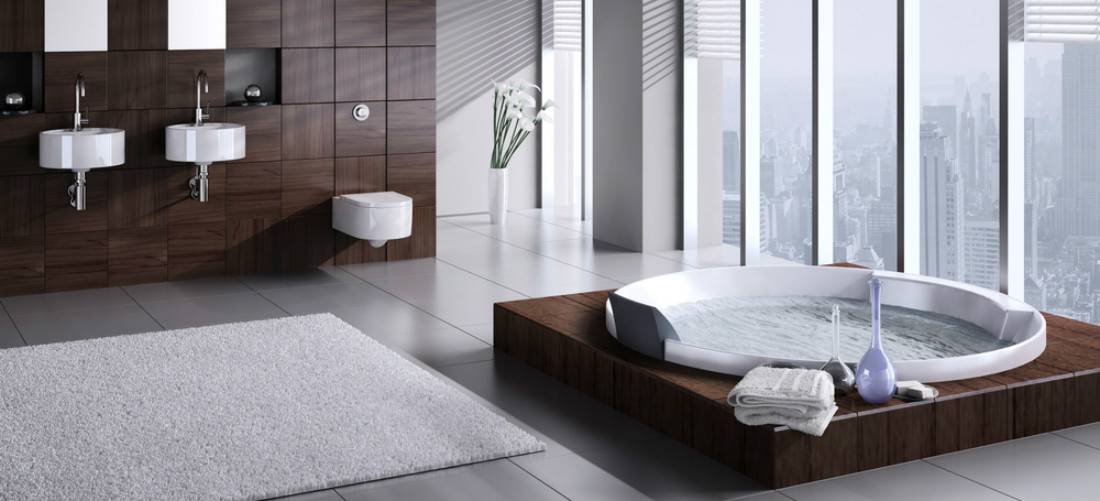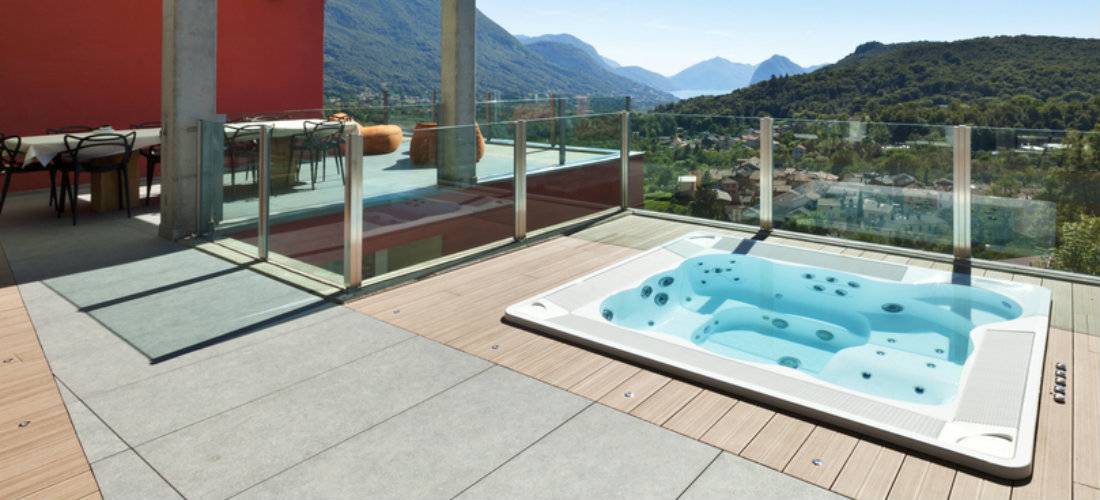With DIY spas, it all boils down to placement, preparation and installation.
Many people enjoy a relaxing time in their home spas. DIY aficionados may look to save money by installing their own private at-home retreat. You must take great care to ensure the correct placement, preparation and installation of the DIY spa, whether it is to be used as a soaking tub, a lap pool or for therapeutic water treatments.
If the idea of a personal hot tub or Jacuzzi appeals to you, it may be time to look into the creation of your own DIY spa. Spas have changed dramatically over time from their original design as a way to make use of hot springs and natural waters, and Reply! can help you with the ins and outs of creating your own spa and connecting you with an installer if you like.

Placement of the spa is of paramount importance. Incorrect placement can lead to flooded basements or water emptying unexpectedly into the neighbor's yard. Hazards from utilities are also a major concern when determining where to set up a spa.
Spas should be:
- Located 20 to 25 feet from sources of water and electricity.
- Placed in an area with adequate drainage.
- Away from gas lines and underground wire setups.
Contact your local utility companies for maps of underground utility lines and similar potential hazards before you dig. Many cities have power, gas or water services with a dedicated central line for handling such requests.
Correct preparation of the area is a key component to successful installation. Incorrect preparation can lead to uncomfortable seating, uneven spas with potential dangerous slip hazards, and improper anchoring during the installation process.

Preparation includes:
- Leveling the ground to ensure a uniform surface and water level.
- Creating trenches that allow water to flow to ditches and other runoff areas.
- Digging a hole six inches deeper and a foot wider than the size of the spa shell.
Final installation may seem simple, and many DIY spa companies tout this as a feature of DIY spas. But errors during this stage can result in hazardous conditions and non-functioning equipment.
Completing installation requires:
- Anchoring the spa with concrete or similar support.
- Connecting water and electricity to the pump area.
- Testing to ensure correct flow and electrical connectivity.
It is important to precisely follow the directions included with the spa shell and electrical components. Many spas have a different number of connections or differing connection methods. Be sure you read all instructions thoroughly.
Understanding the many steps that go into installing a DIY spa can make the installation go smoothly and successfully. Those who need further assistance should consult with local experts, either at the spa sales location or with plumbers and installers familiar with the process.
Correct installation limits the potential hazards and drawbacks that can arise from putting in a new spa. By following the correct procedure for installing DIY spas, you can create your own luxurious retreat in the privacy of your own backyard. A new spa can help increase the value of a home and help family and visitors experience ready relaxation.













Write a Comment